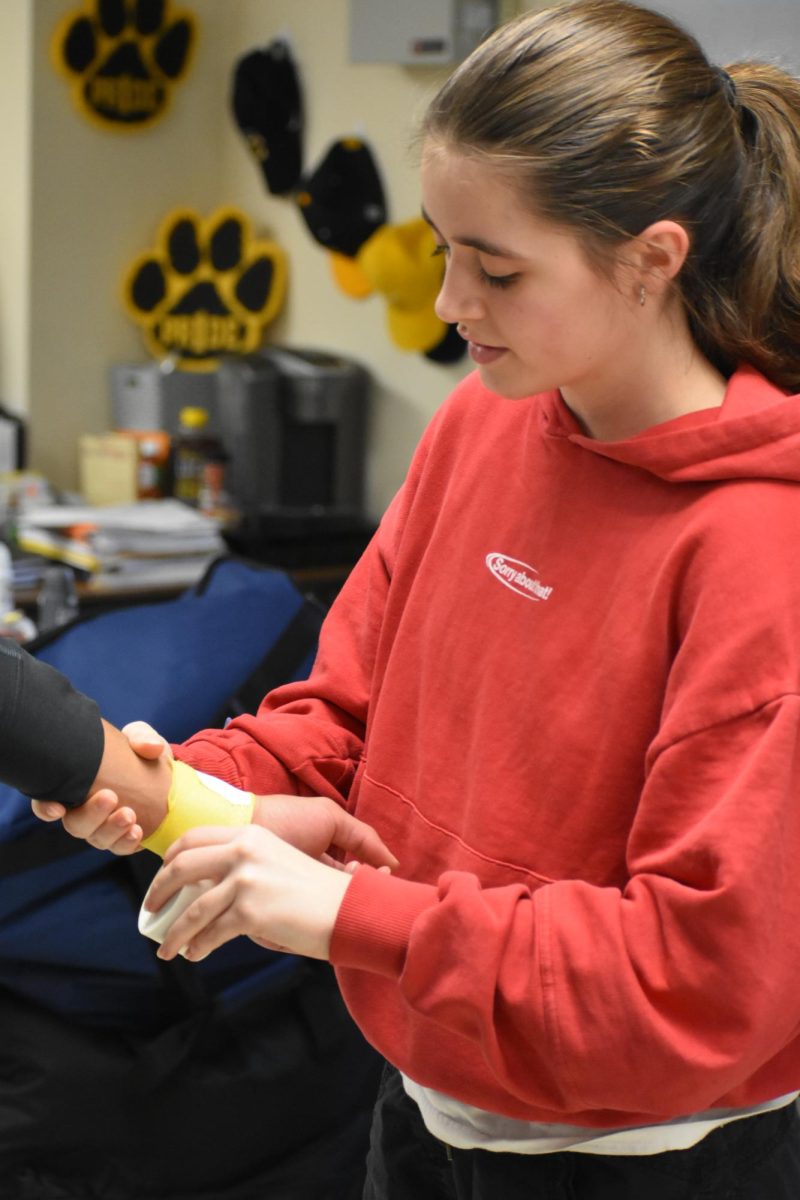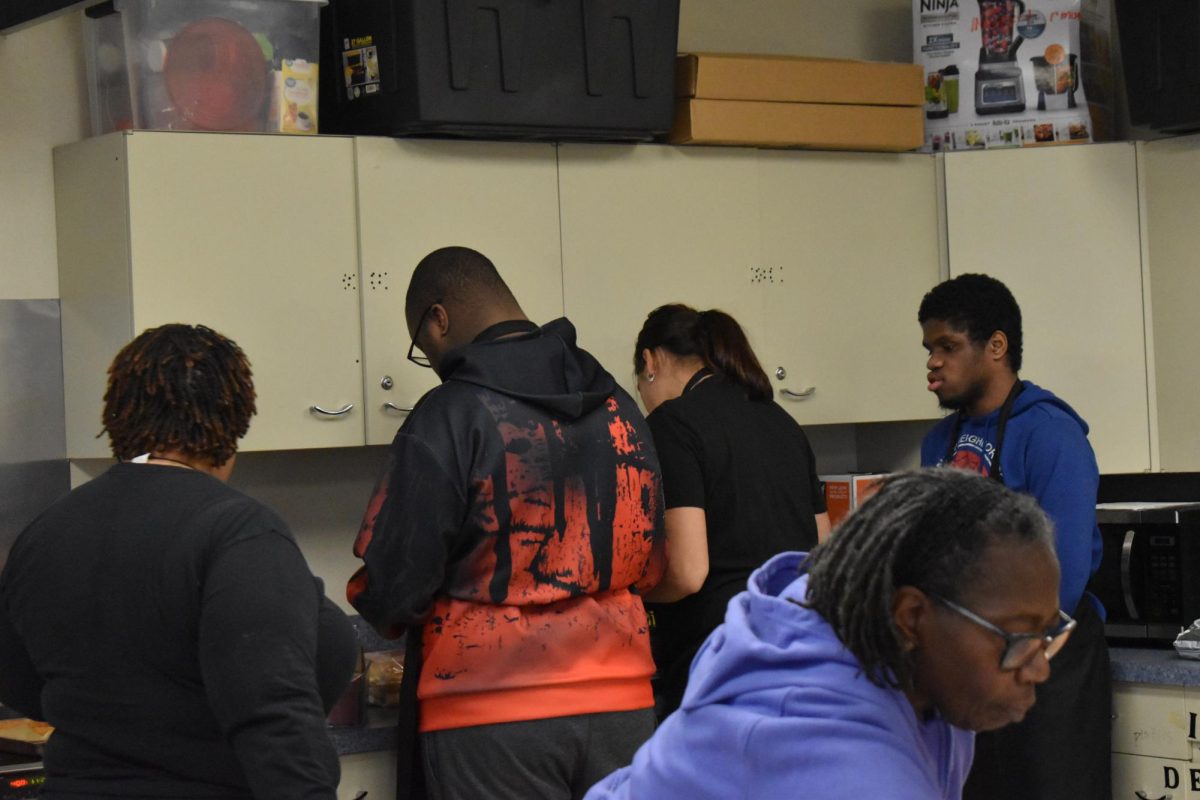Drugs have always been a problem in schools, especially high schools, where peer pressure and wild stories influence many teens to experiment. The most common of these drugs is marijuana, which is made from the dried flowers, leaves, and stems of the female cannabis plant. This drug has spread through the United States like a virus.
Since the 1960’s and 1970’s, drugs have started to become more associated with high schools.
As students move up from 8th grade to 12th grade, the frequency of marijuana use noticeably increases, according to a report from www.whitehousedrugpolicy.gov. The report, entitled “Percent of Students Reporting Marijuana Use, 2008-2009,” shows increases from 6.5% of 8th graders to 20.6% of 12th graders in 2009.
The Plant
“The plant is like most other plants, a flowering plant,” says biology teacher Julie Ertmann. “It reproduces by pollination. Some of the flowers have male and female parts, so they can pollinate themselves. They sometimes cross breed the plant to try to create different varieties of cannabis.”
The active chemical in marijuana called tetrahydrocannabinol (THC). This causes most of the drug’s effects, including relaxation and a feeling of euphoria. Marijuana typically contains between 3 to 22% THC. Scientists classify the plant as a psychologically addicting hallucinogen, distinct from chemically addictive heroin and cocaine.
The Smokers
For the sake of confidentiality, the two people who commented for this story will be called Anonymous 1 and 2.
Anonymous 1, a sophomore, loves the smell and effects of cannabis. He has not smoked in a little over a year, but plans to resume it as a regular habit after he is on his own.
“I used to smoke at least three to five times a week, but I have started to lay off,” said Anonymous 1. “Once I get into college, I will start buying and smoking on the regular.”
Some short term effects of smoking include reddened eyes, dry mouth, muscle relaxation, increased appetite, and increased heart rate.
“The drug mimics the chemical in our brain that helps us forget,” said health teacher David Gammon. “Women release this chemical during birth to forget the pain. It affects your short and long term memory, making it cloudy and fuzzy. It might kill brain cells. I don’t know [how many], but it wouldn’t kill as much as alcohol.”
Additionally, as high school students continually smoke during their teenage years, they become more susceptible to cancer and lung damage.
Anonymous 2 is a junior who has been smoking for about half a year now. He smokes infrequently, but once he is out of his parents’ house, he thinks he’ll partake more.
“I really only smoke when I’m with my friends,” said Anonymous 2. “I feel like a pot head when I do it alone. “I enjoy smoking but it’s just too much hassle for me to prepare everything every time I want to smoke. I don’t smoke a lot now because I worry about my parents catching me.”
Alternatives
There are many things to do besides smoke. Freshman Gianni Cook suggested that students go to Centennial Commons, play video games, or see a movie.
With illegal drug use on the rise, it is possible that the future of America may have to fight increased cancer risks and respiratory problems, along with the other problems that plague teenagers.

























